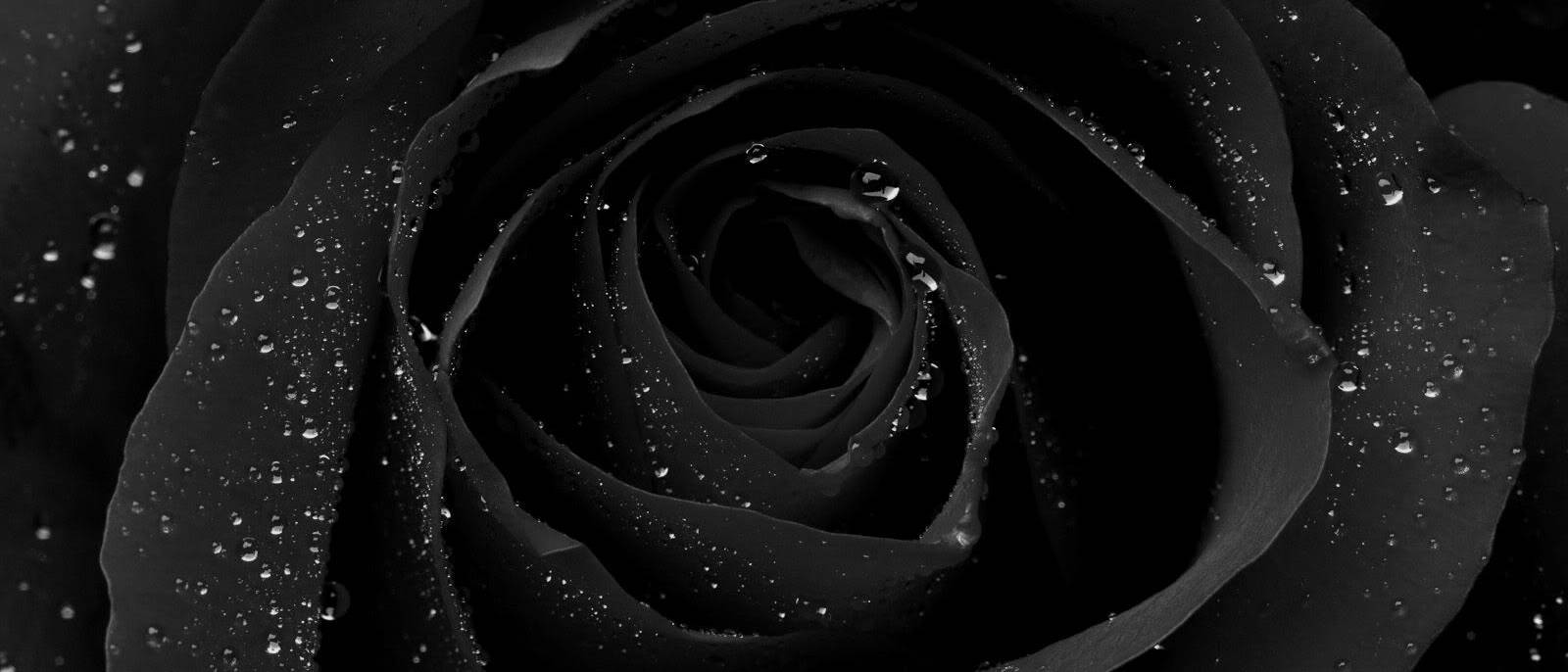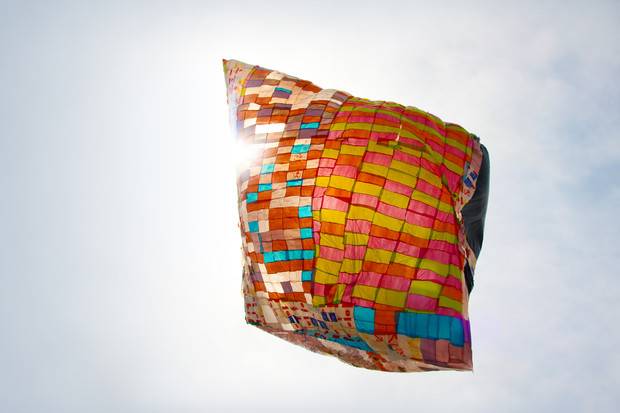The Black Rose of Halfeti
In a remote village of Turkey grows this black rose which bestows its species with a mystical and symbolic nature.
What exactly is in a rose? We have all felt its prominent symbol of metaphor about to happen, its perfect contradiction between beauty and thorn, its eroticism and elegance. We know that, at least in literature, every rose is unique and complete on its own (the rose in The Little Prince; the rose that “is always alone, the one that is always the rose of the roses,” Borges would say). But one can also say that on its own the flower does not pay justice to its symbol. There are too many roses in the world and that is why its charm has been worn out. However, there is a species that recovers everything that has been lost to culture; a truly odd rose, which would have certainly enchanted poets and mystics even more: the black rose of Halfeti.
It is an incredibly rare rose that refuses to grow elsewhere except in a remote and small town in Turkey called Halfeti. Its crimson is so dark (perhaps the most intense in nature) that it appears to be black. This is due to the region’s soil composition and the pH levels of the groundwater seeping from the river Euphrates. But in addition to being extravagant and unique, this ebony rose grows in extremely limited numbers, and its black color only appears in the summer months (the rest of the year it is a dark red, no less elegant than black).
If ever the Rosa mystica was to materialize, or the rose in the garden of Eros and in Dante’s Paradise, or if “the Rose of Paracelsus” were to rise again from the ashes through the art of alchemy, surely it would be in the form of this strange and uncanny black rose of Halfeti.
Related Articles
When ancient rituals became religion
The emergence of religions irreversibly changed the history of humanity. It’s therefore essential to ask when and how did ancient peoples’ rituals become organized systems of thought, each with their
Seven ancient maps of the Americas
A map is not the territory. —Alfred Korzybski Maps are never merely maps. They’re human projections, metaphors in which we find both the geographical and the imaginary. The cases of ghost islands
An artist crochets a perfect skeleton and internal organs
Shanell Papp is a skilled textile and crochet artist. She spent four long months crocheting a life-size skeleton in wool. She then filled it in with the organs of the human body in an act as patient
A musical tribute to maps
A sequence of sounds, rhythms, melodies and silences: music is a most primitive art, the most essential, and the most powerful of all languages. Its capacity is not limited to the (hardly trivial)
The enchantment of 17th-century optics
The sense of sight is perhaps one the imagination’s most prolific masters. That is why humankind has been fascinated and bewitched by optics and their possibilities for centuries. Like the heart, the
Would you found your own micro-nation? These eccentric examples show how easy it can be
Founding a country is, in some ways, a simple task. It is enough to manifest its existence and the motives for creating a new political entity. At least that is what has been demonstrated by the
Wondrous crossings: the galaxy caves of New Zealand
Often, the most extraordinary phenomena are “jealous of themselves” ––and they happen where the human eye cannot enjoy them. However, they can be discovered, and when we do find them we experience a
Think you have strange reading habits? Wait until you've seen how Mcluhan reads
We often forget or neglect to think about the infinite circumstances that are condensed in the acts that we consider habitual. Using a fork to eat, for example, or walking down the street and being
The sky is calling us, a love letter to the cosmos (video)
We once dreamt of open sails and Open seas We once dreamt of new frontiers and New lands Are we still a brave people? We must not forget that the very stars we see nowadays are the same stars and
The sister you always wanted (but made into a crystal chandelier)
Lucas Maassen always wanted to have a sister. And after 36 years he finally procured one, except, as strange as it may sound, in the shape of a chandelier. Maassen, a Dutch designer, asked the










